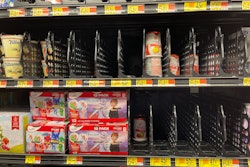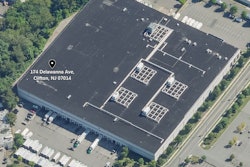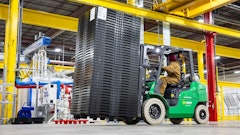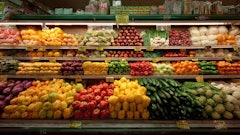
The direct-to-consumer (D2C) sales model is disrupting the traditional manufacturing industry by cutting traditional supply chain relationships. Whether this development is viewed as positive or negative, the D2C sales model is clearly attracting consumers who want affordable products delivered in a more convenient manner. Many start-ups have put D2C to good use and have been successful at winning market share away from the big brands. Global FMCG brands like Unilever and Procter & Gamble are paying attention and now see these start-ups as direct competition.
There is no doubt that advances made by disruptive start-ups have transformed how customers buy. Is direct-to-consumer the silver bullet that many food manufacturers think it is?
There are some compelling benefits: brands can get to know their customers and serve them better, boosting loyalty and word-of-mouth marketing, however, the D2C model has its limitations. There are several challenges that food manufacturers need to be aware of before they cut out their supply chain partners completely.
Let’s take a closer look at the pros and cons involved in moving from a traditional manufacturing sales model to D2C.
The Benefits
Bypassing distributors, wholesalers and retailers to sell D2C can boost profit margins significantly. What’s more, it can be extremely difficult and costly, especially for start-up food companies, to get a listing with retailers in the first place. Direct-to-consumer gives smaller companies an alternative way to reach their customers without strong-arming them into a partnership that costs more than they can afford.
Moreover, managing supply chain logistics and distribution is not only costly – it can come with a hefty degree of uncertainty. The D2C model gives manufacturers greater control over their business, and improves their visibility into the customer purchasing journey.
This improved visibility provides manufacturers with an opportunity to get closer to their customers and develop a better understanding of their evolving needs and market trends. It all comes down to gathering information on customers and using it to enhance engagement. Digital data, when put to good use, provides valuable insights into customer purchasing habits information and online behavior – all of which can be used to drive more personalized communications and offers.
The Challenges
Moving to a D2C sales model may mean manufacturers lose the specialist knowledge and resources of their distribution, wholesale and retail partners. This can cause logistical issues which they will need to solve independently, perhaps without external assistance.
Cutting out the middlemen can also potentially reduce market reach. Typically speaking, sales made by large manufacturers through D2C are still only in the single percent range. Comparatively, traditional methods of selling still enjoy far higher results. This means that for the biggest manufacturers, relying exclusively on D2C is an unrealistic proposition for now.
While D2C cuts out some of the costs involved with managing supply chain relationships, it may generate other expenses related to business expansion. These include opening new locations to get closer to customers and hiring new employees to manage operations. It’s important to remember any significant change in business model will likely incur significant costs in terms of both time and resources.
A measured assessment of the D2C sales model is that it does represent an opportunity for food manufacturers to better engage with their customers and gain a degree of control over sales. However, supply chain partnerships hold huge value and profitability for big manufacturers and many still rely on – and benefit from – a traditional retail approach to sales.
For the time being, at least, direct-to-consumer sales possibly hold more promise for start-ups looking to get off the ground than for established manufacturers with a solid supply chain already in place.





















